André Tatjes
Where do you live: Born and raised in Germany; living in Zurich, Switzerland
Your education: Ph.D. in Life Course Research, B.A. and M.A. with focus on criminology and statistics
Describe your art in three words: consciously, mindful and varied
You’re a Ph.D. in Life Course Research with a background in criminology and statistics. How does that training shape the way you look for stories in everyday scenes?
Overall, my academic career taught me to see situations as a series of connected moments and not (always) like an isolated scene. In research, I’ve often focused on how supposedly small events accumulate over time to shape a person’s whole life. Criminology and statistics on the other hand trained me to be sensible for more or less hidden patterns – in data and behavior. When I’m with my camera I try to bring that perspective to everyday scenes, landscapes or even architecture. I’m not just interested in the moment; I’m thinking about the story which could be connected to it. So it’s about the “before” and “after”, especially in street photography. In terms of statistics, outliers, e.g. “the unexpected”, can be the most interesting part of a shot: unexpected situations, movements, forms or colors. Summing it up, I’m searching for the meaning beneath the surface asking for the bigger picture.
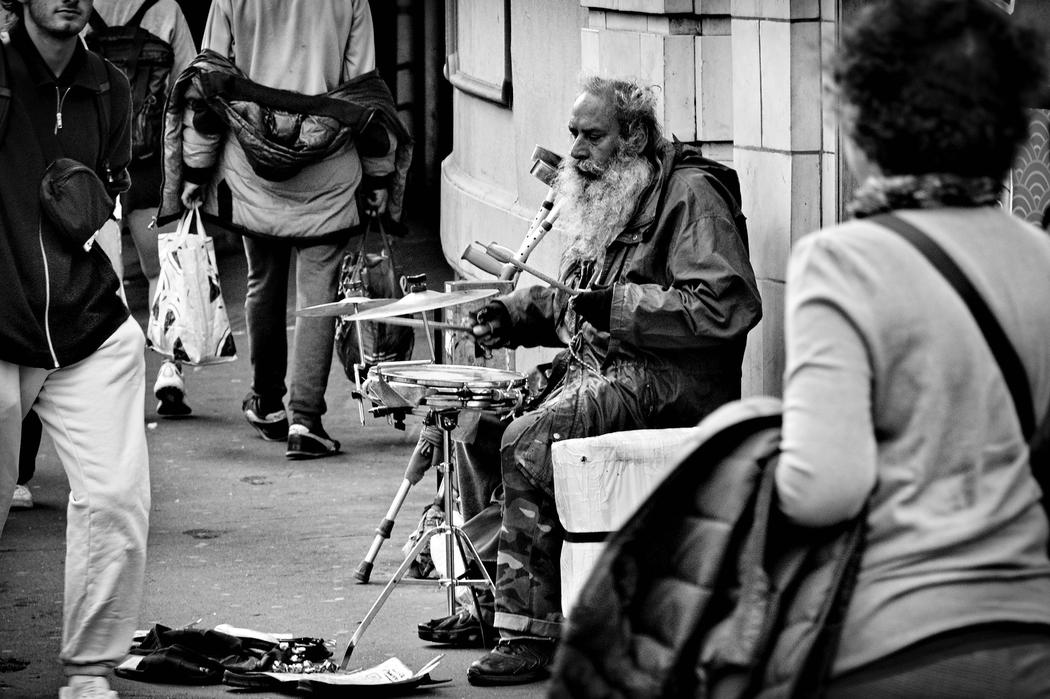 André Tatjes | Music Is Life | 2024
André Tatjes | Music Is Life | 2024
What first pulled you toward photography, and why keep it as a “hobby” rather than a profession?
My attraction to photography began with my younger me owning a mobile phone with the possibility to take acceptable photos, in terms of picture quality. It felt natural to capture different situations and moments with it. It felt okay for years but somehow left me longing for more creative freedom. I understood that when I got my first real camera too many years later. Photography is my way to slow down, to stop time for a brief moment and to let a single situation catch your senses. I want to keep it as a hobby because a hobby, to me, means freedom. Without the pressure of any demands, deadlines or actual trends, I’m always free to explore what I want. I don’t have to worry about selling something or making money with it. I can take any «creative risk» and just be curious without worrying about the final result. Keeping it as a hobby means keeping it creative.
 André Tatjes | Maestro | 2024
André Tatjes | Maestro | 2024
Your statement says, “There is always more behind a shot than meets the eye.” What “more” are you usually chasing?
It highly depends on which scene or motif I want to capture. Usually, I’m chasing a special layer of emotion or narrative depth. A single moment can be the beginning, the middle-part or the end of a hidden story – a story not directly present to me or the viewer’s eye. Sometimes, the “more” can be personal to the subject or the object, so I never know. And the good thing is, I don’t have to. In those moments it’s about imagination. Everyone’s fantasy tells a story which might be different to mine or the real one. Other times, it’s all about the context. My academic work taught me that meaning often lies in what’s not explicitly shown: in patterns or some kind of anomalies. In my shots I try to capture those unseen things – even if I’m not always successful with it 🙂
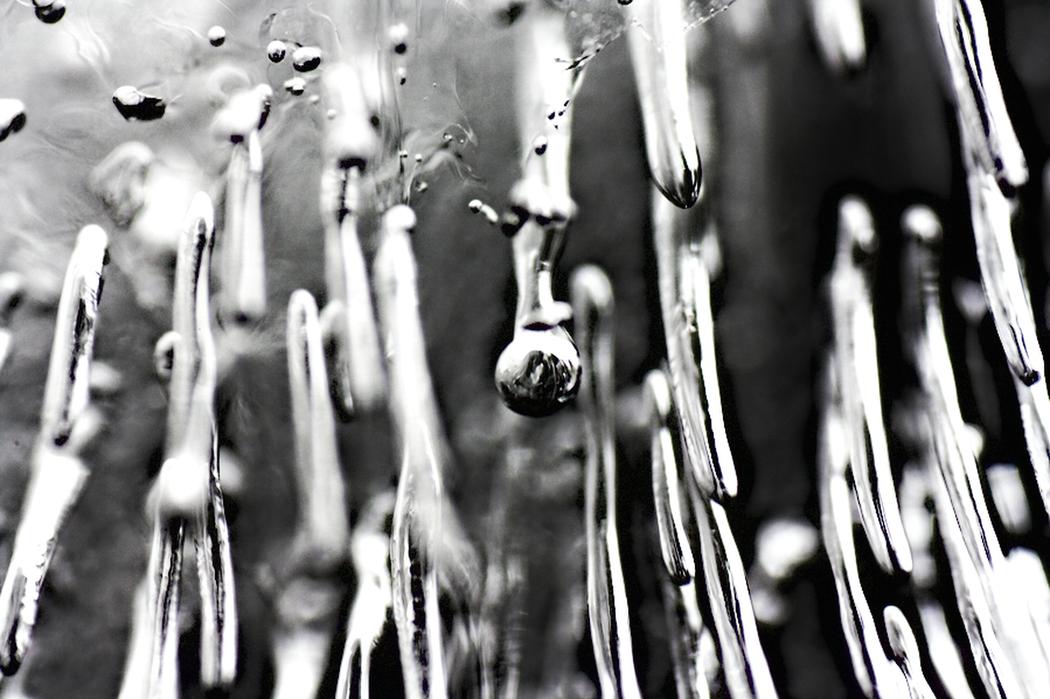 André Tatjes | Inside The Ice | 2024
André Tatjes | Inside The Ice | 2024
Do you go out with a concept in mind, or do you let chance guide you?
It depends on my mood and the setting, but more often I let chance guide me. Street life e.g. can’t be planned or controlled in any way. You need to go with the flow. Maybe the time of the day or the light can be part of a concept, but not more; compelling moments are often unplanned. Sometimes I go out with a loose idea about some general concepts like capturing reflections after the rain or geometry of buildings. These themes act as a filter for my attention. Sometimes it works out, sometimes it doesn’t and that’s okay. I’m searching for authenticity in my shots and not for an artificial replaceable motif. The shots of which I think being rewarding are the ones I didn’t anticipate. That’s what photography is about, at least for me.
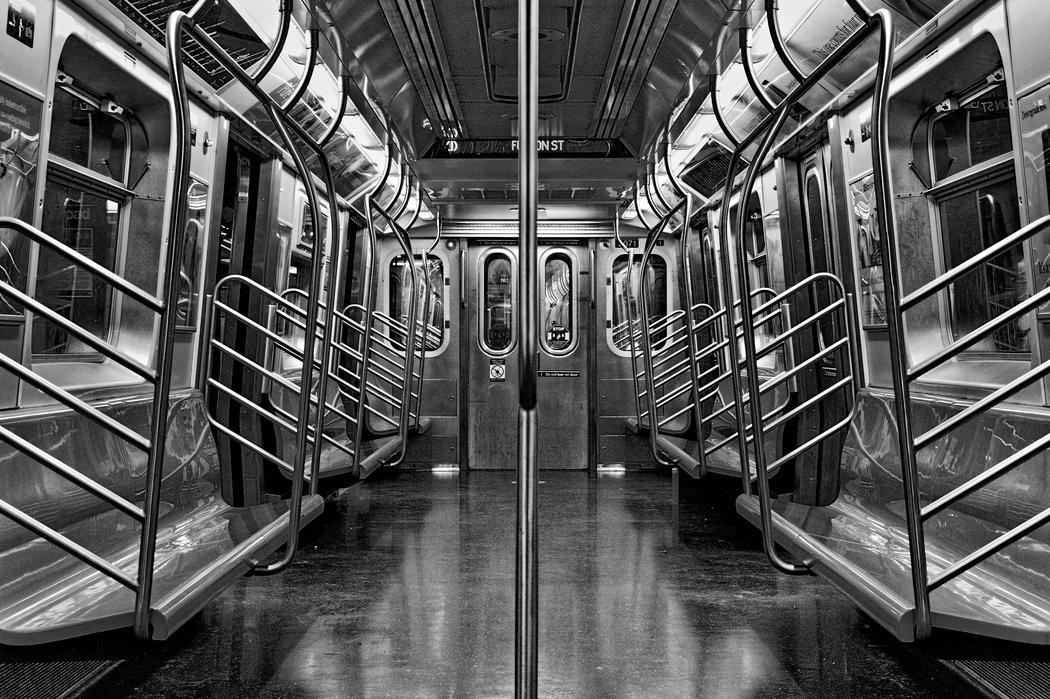 André Tatjes | Empty Subway | 2024
André Tatjes | Empty Subway | 2024
How do Zurich and your German roots influence your visual language?
I grew up in a hardworking family where resources were often limited. This shaped how I look at the world around me and surely how I feel and think about photography. I learned to pay attention to small, maybe sometimes easily overlooked details. Being able to achieve the qualifications I have and building a life abroad is a contrast and luxury I’m always aware of, especially living in one of the cities with the highest quality of life. My background makes me see what lies beneath – effort, patience and sometimes struggle. I’m drawn to scenes where that hidden layer becomes visible. In that sense, my images are often influenced by the shift between where I started and where I am now.
 André Tatjes | Date Night | 2024
André Tatjes | Date Night | 2024
Street photography involves people in public space. How do you think about ethics, consent, and respect when you press the shutter?
That’s a wonderful question. In my opinion ethics in street photography are about more than just legality – it’s about empathy. Foremost, every person is a human being and shouldn’t merely be seen as a compositional element. Before pressing the shutter it’s important to ask yourself if the moment you are about to capture is respecting the person’s dignity. Does it represent the person in an authentic way and could it cause harm in any way. Consent on the other hand is quite complex. You need to try reading body language and atmosphere very carefully. If someone appears uncomfortable, don’t take the shot or delete it if you have already captured the moment. Sometimes it’s better to approach people afterwards to explain what drew you to the scene and ask for permission to keep the shot. In my opinion, good street photography creates a balancing act between the subject’s reality and the viewer’s imagination.
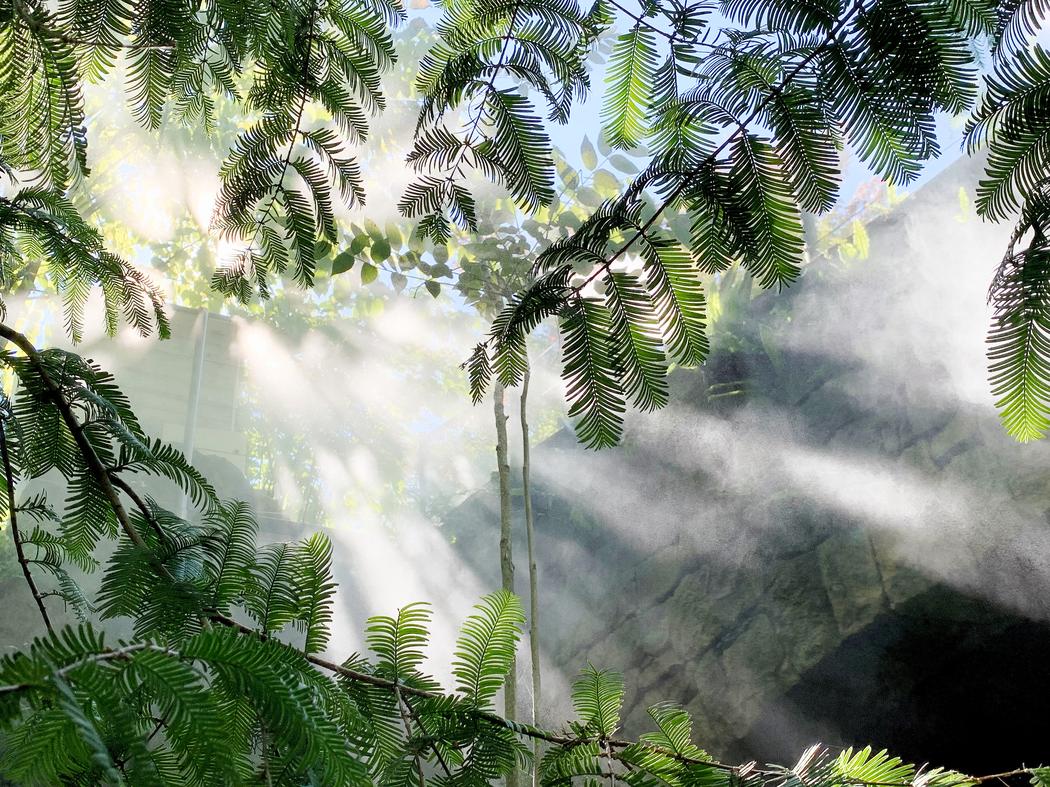 André Tatjes | Breakthrough | 2021
André Tatjes | Breakthrough | 2021
Why do you choose black-and-white for some images and color for others? What story changes with that decision?
The decision between black-and-white or color is about directing the viewer’s imagination and emotions. Black-and-white eliminates any distraction caused by vibrant colors. It’s like reducing a shot to the essential. Black-and-white allows form, texture, light and shadow to take center stage. It makes a shot almost timeless, often more impressive than it could ever be when fully colored; it’s more dramatic. Look at my shot “Empty Subway” and ask yourself how it would make you feel, if it would be colored? That’s what it is about. Color on the other hand brings a different narrative with it. It’s about a very specific atmosphere, mainly about warmth and vibrancy. If I may draw your attention to my shot “Breakthrough”, the vibrant green jungle. It wouldn’t be as interesting in black-and-white, I think; or look at the “Maestro”, the Venetian glassblower. A hot, orange-glowing piece of glass draws you into the scene. You nearly feel the heat, the sweat on your forehead, just like the Maestro’s. In black-and-white it wouldn’t be like that at all.
Overall, I don’t have a fixed formula for choosing one over the other. My choice emerges from the moment I want to capture and by scrutinizing the shot afterwards. The decision as such is a result of different questions I ask myself: What is the emotional center of the shot? What is the story it tells, or what do I want it to tell? Do I need color or a black-and-white edit to deepen it? That’s how my shots are being finalized most of the time.

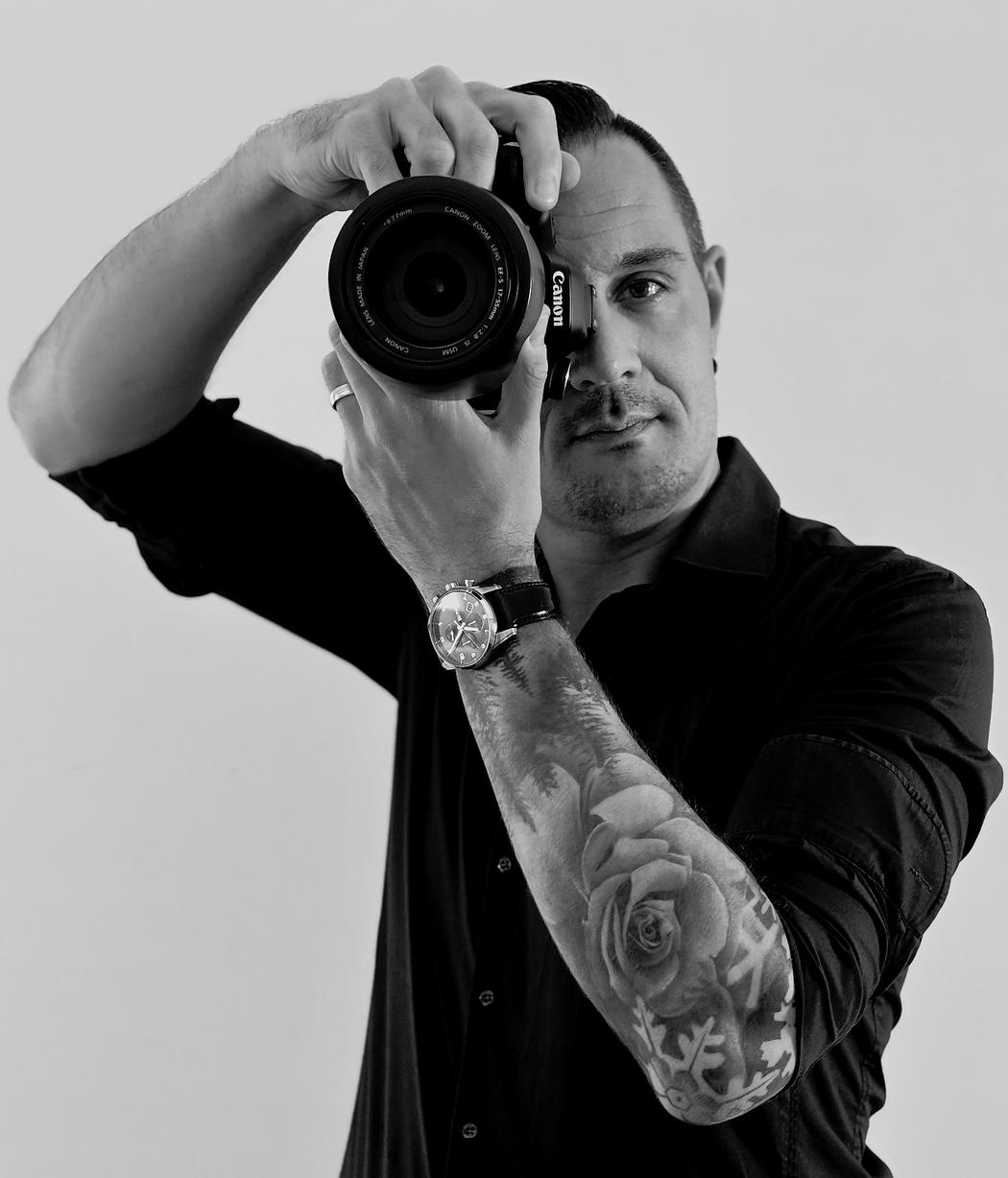
Leave a Reply